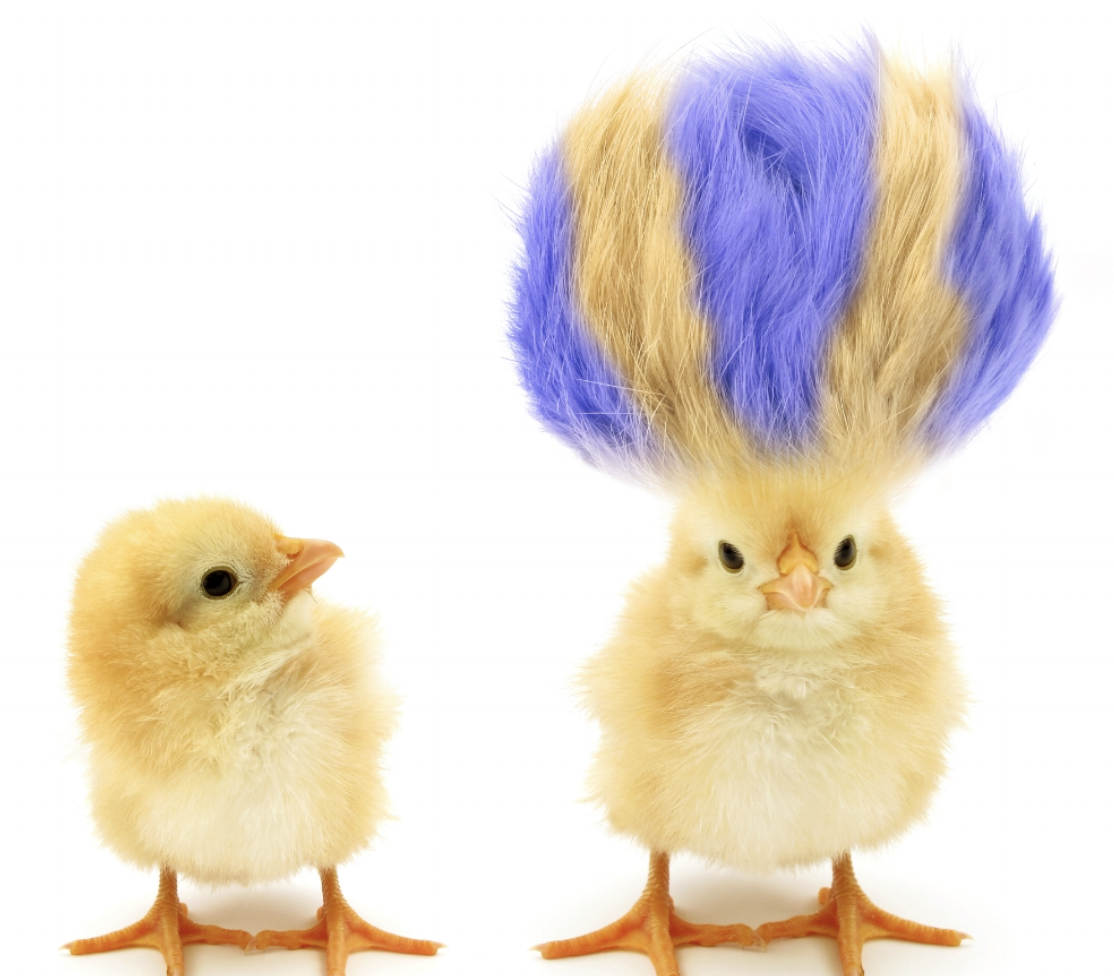How To Personalize Your Marketing Through Behavior Design
The first rule the behavioral phycologist Dr. BJ Fogg taught me when I was becoming a behavior designer was this: help people do what they already want to do. It’s a good rule to remember, especially since marketers are often cited as trying to manipulate people into buying goods and services they don’t want, need or can afford.
A designed behavior only works when the person that you’re trying to help has a sufficient amount of motivation to want to perform the behavior plus the ability to do so. Then, they must be triggered properly.
When a person’s motivation is high, they’re willing to perform complex behaviors. However, the lower a person’s motivation is, the less likely they will perform a behavior regardless of how simple you make their ability to do so. As an example, my motivation to help my daughter attain a goal, such as getting her black belt in Taekwondo, is super high. So, if I’m triggered to perform a behavior such as rearrange my schedule to watch a tournament she is in, I’ll do it. Even if that means messing up some other things on my calendar.
By now you’re probably thinking, what does this have to do with marketing and personalization? In a word, everything.
Most marketers spend way too much time and money going after audiences that aren’t motivated enough to buy their product. Case in point, I love working out but when school started targeting me to get a certificate in exercise physiology, it was a clear indication they didn’t know their audience. Sure, I have lots of ability to perform the behavior they wanted me to: fill out an online form for more information, but I have zero motivation to change my career. So, they can trigger me all they want, but that behavior will never happen. In the end, all they are doing is wasting their money.
And this is where personalization comes in. In the example above, I’m simply part of an audience persona the school is working with. Given the technology of today, brands don’t have to communicate with audience sets 100 percent of the time. Brands have the ability for one-to-one communication through the device we all carry around and has practically become an appendage: our phone.
Having a native branded app on your customers’ phones is the holy grail of personalization if you know what to do. That starts with an understanding of why your customers are motivated and at what levels to engage with your brand. From there, the behavior design process can narrow the field of behaviors down to the handful that a brand can actually implement — and also have the highest degree of impact. The app then becomes the trigger for those behaviors based on the individual’s implicit and explicit actions. In turn, what is delivered back to the individual customer is an experience that is uniquely theirs. Hence, the ultimate level of personalization. What’s more, with the right artificial intelligence algorithm, the behaviors executed are learned and refined over time.
Need an example? Just look to Facebook. It’s one app with 2 billion users and no two experiences on it are alike. That’s 2 billion unique and personalized pieces of content. Crazy, right? It’s the ultimate intersection of motivation, ability and a trigger. More importantly, it something any brand can do for its customers.

